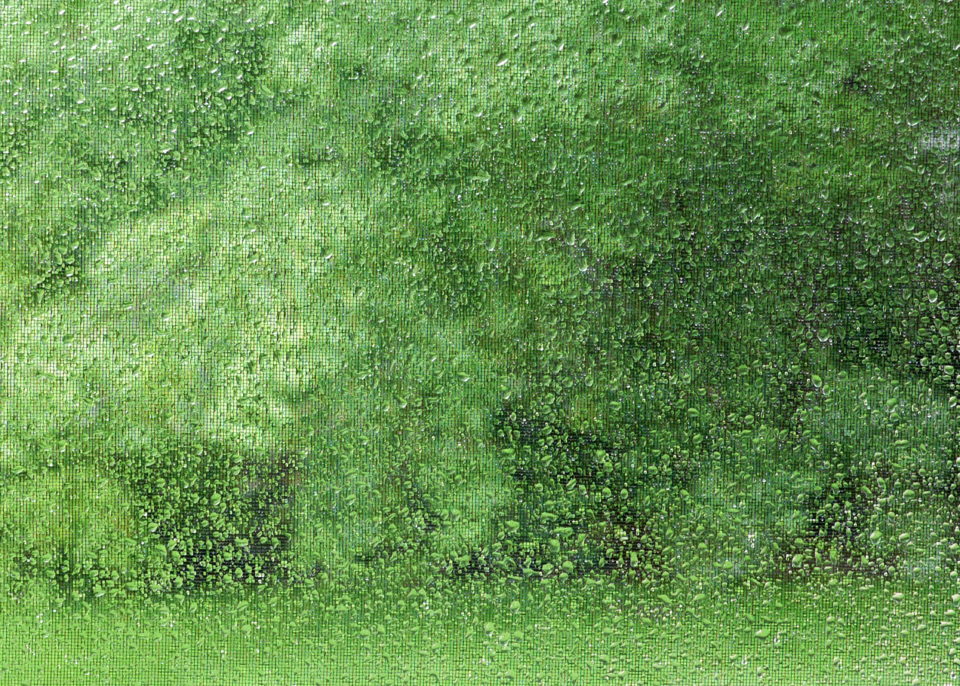Nearly 1 in 7 Americans suffer from some kind of anxiety disorder. ~ Scott Stossel, Atlantic Magazine
Scott Stossel reports this statistic from the National Institute of Mental Health in his book, The Age of Anxiety(paid link), as well as the article in Atlantic Magazine. Treatment for anxiety accounts for 31% of expenditures on mental healthcare in the U.S. (with similar percentages in Canada). Stossel should know. He’s suffered from generalized anxiety and many phobias since he was a kid and has tried every therapy and drug imaginable. In his book he shares meticulous research on the history of anxiety, as well as stories from his own experience.
Of course, acute anxiety or depression should be taken seriously. There are no one size fits all answers. If this is something you struggle with, I hope that you’re getting professional help. I’ve never been diagnosed with an anxiety disorder, but I have experienced social anxiety. Beneath my calm exterior, I’m a worrier (a milder form of anxiety). My mind naturally goes to worst case scenarios.
I believe that I gravitated towards photography, and especially contemplative photography, as a form of worry therapy.
Photography is one way to train attention in the moment and away from worrying about a future that hasn’t happened. Contemplative photography, in particular, helps us see what’s right in front of us without judging it as good or bad. By taking a longer look, we see perspectives and possibilities not yet considered. Maybe we even experience moments of awe and wonder, just as we did when we were kids.
Martin Seligman, in his book, Flourish, writes,
We think too much about what goes wrong and not enough about what goes right in our lives. Of course, sometimes it makes sense to analyze bad events so that we can learn from them and avoid them in the future. However, people tend to spend more time thinking about what is bad in life than is helpful. Worse, this focus on negative events sets us up for anxiety and depression. One way to keep this from happening is to get better at thinking about and savoring what went well. ~ via Brain Pickings
The truth is we need some time every day where we’re just “being” and not focused on the future and our to-do lists. This is time for meditation, photographing, dancing, or just staring out the window. It makes the whole day better.
Below are a few other articles to consider.
Brain Pickings on Stossel’s Book – The Culture and Costs of Anxiety
Photography as a Balm for Mental Illness – NY Times (thanks to a couple of readers for pointing out this article to me)
The Broken Light Collective – an online place for photographers living with or affected by mental illness.
Art as Therapy – by Alain de Botton and John Armstrong OR see the exhibit at the Art Gallery of Ontario.
The Relationship between Creativity and Mental Illness – via Brain Pickings

I like this idea of photography as “worry therapy”.
It didn’t take me long to realize that photography had helped my social anxiety level; my fear of crowds and new places. Seems when my camera is around my neck, I’m braver. It is a very calming part of my life now! Great post!
So happy to have stumbled onto this, and think a lot of what I want to continue learning. This is a great resource. Thank you, Leslie Ann